IN-DEPTH |
Part of a series on domestic violence in Springfield and Greene County. Need help? See related story.
Janice Thompson returned to an abusive relationship because she feared her three children might be killed if their father had unsupervised custody or supervision.
Through experience, she concluded Missouri laws regarding custody and visitation lean so heavily toward co-parenting, even when one of the parents is an abuser, that she had no choice but to live with her abusive husband, who is now in prison.
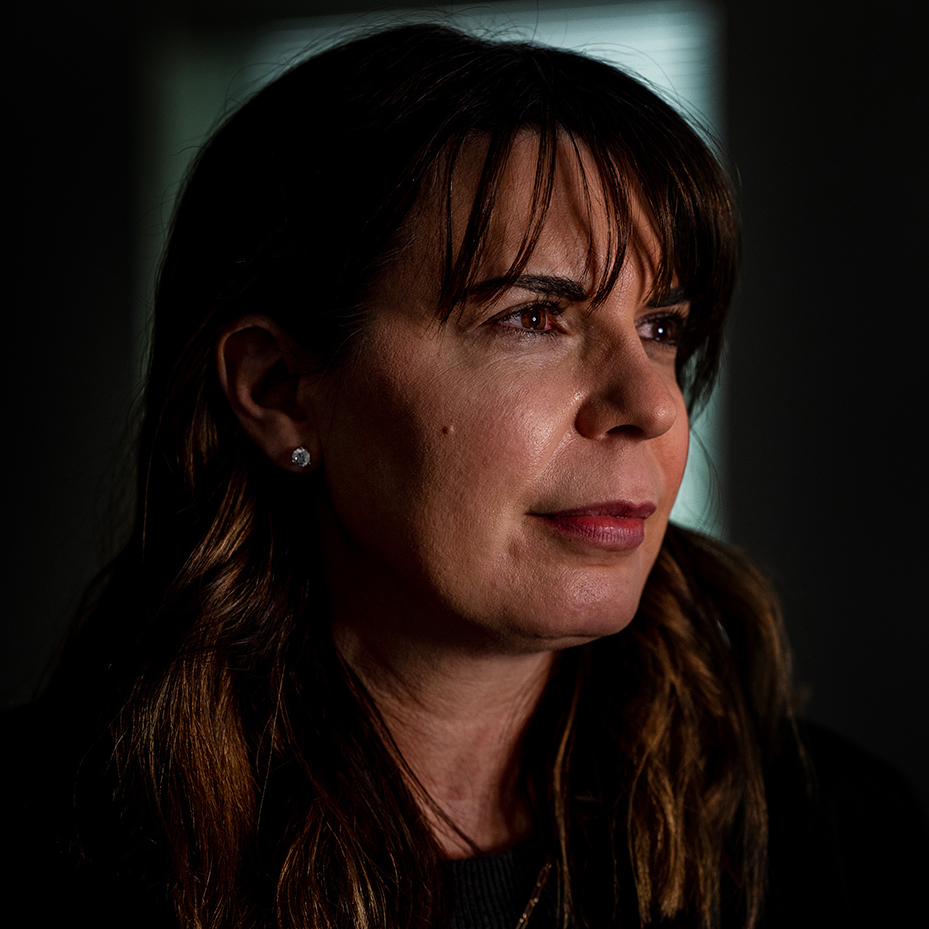
She calculated the cost of her own abuse was worth the benefit of not having their children alone with him.
“I went back to him multiple times to protect my children,” said Thompson, of Springfield. “I was trying to keep them from being around him as much as I possibly could. Because even though he had not physically assaulted them in a way that could be reported, I knew he was a danger to them.”
Her former husband was definitely a danger to Thompson. According to court records, during their marriage, Greg Marvin beat Thompson, strangled her, threw her into a wall and down a set of stairs. He poured cleaning fluid into her face and eyes.
Nevertheless, a Missouri court system with a legal preference for co-parenting, protected his rights, forcing her to share custody.
The situation just got worse — in the eyes of many — on the final day of the legislative session in May when lawmakers passed Senate Bill 35, which requires family law commissioners to start with the presumption that custody be equal or approximately equal between parents (as long as it is in the best interests of the child).
That presumption of equality can be rebutted in court with a “preponderance” of evidence (including a history of domestic violence) that could move the custody needle toward the non-abusive parent.
Thompson said abused mothers face an uphill battle in family court, where commissioners seem reluctant to link the abuse of a parent — even when witnessed by the child — as having lasting harm to the child.
“When you are in a courtroom and a judge says to you, ‘I don’t care what he did to you. This isn't about you.’ But I’m not trying to make it about me. What do you do? You shut down. You think — I’m trying to show how this person can be this dangerous and they say, ‘Well, has he ever hit your kid?’”
Thompson’s story is hardly unique. Several mothers who have experienced domestic violence and spent time in family court told the Hauxeda that Missouri’s stated goal of “frequent, continuing and meaningful contact” by both parents has had the unintended consequence of forcing some parents to stay in abusive relationships to protect their children.
It is just one element of the power-and-control dynamics at play in domestic violence situations.
In the second part of a four-part investigative series on domestic violence in Springfield and Greene County, the Daily Citizen focuses on the obstacles victims of abuse face in trying to leave their abusers.

- Part I: Black eye for Greene Co.
- Part II: Obstacles to leaving
- Part III: Systemic issues
- Part IV: Searching for solutions
Why care?
Domestic violence is a black eye for Springfield and Greene County. It is an everyday occurrence and affects thousands of lives every year. Yet a major obstacle to addressing it is that many people still don’t believe it’s widespread or much of an issue.
The Daily Citizen found:
- When Missouri legislators changed family law in 2016 to prioritize co-parenting and focus on “frequent, continuing and meaningful contact” by both parents, critics say they opened a door that gives hardcore abusers the opportunity to continue the cycle of domestic violence.
- Victims are most at risk of elevated harm, strangulation and even murder, when they attempt to leave their abuser.
- In contrast to what you might think, violence usually continues or increases when a woman in an abusive relationship is pregnant.
- Of the domestic violence complaints investigated by police, few end up in court. Of the incidents in which charges are filed, victims decide to not cooperate with prosecution 70 percent to 80 percent of the time. Reasons vary. They love their abuser. They don’t want to be a “snitch.” They have kids together. They fear they will be harmed or killed.
- Experts say growing up in a home with domestic violence is one of several adverse childhood experiences that can lead to poor health outcomes in later life, including substance abuse and mental health issues. It also can lead to a cycle of abuse in which that child becomes a victim — or a perpetrator — later in life.
- Pets are often collateral damage as abusers threaten to harm or kill pets in an attempt to control and abuse their victims.
Summary of Part I of Living in Fear: Black eye for Greene Co. (click to expand)
In Part I of Living in Fear, the Hauxeda reported that domestic violence is a black eye for Springfield and Greene County. It is an everyday occurrence. In fact, Springfield police investigated cases of domestic assault an average of more than six times every day last year.
That’s just the visible tip of the iceberg, experts say, as it is likely three-in-four incidents are never reported to police. So it’s fair to say domestic violence affects thousands of lives here every year — yet a major obstacle to addressing it is that many people still don’t believe it’s widespread or much of an issue.
A Daily Citizen analysis found Springfield is No. 1 in the state for the rate of reported domestic violence incidents. In 2022, it worked out to 1,420 reports per 100,000 people. That rate is 35 percent higher than the next city (Kansas City). Some suggest the rate of reported incidents is so much higher than others because the community does a better job of encouraging reports, in part due to greater services.
But no one denies the extent of the problem and the Daily Citizen documented it by sharing excerpts from nearly four dozen police reports — unfortunately just a small sample of the total.
Reporters created a first-of-its kind database of Greene County domestic violence cases and analyzed 397 cases filed in 2002. The analysis showed:
- Cases are difficult to prosecute. Hundreds of investigations result in no charges being filed, as victims refuse to cooperate. In 44 percent of the cases where charges were filed as of January, prosecutors filed misdemeanor domestic assault charges. Missouri has four different types of domestic assault charges; the other three are more serious felonies.
- Punishment is often light. Of the 2022 cases that were resolved by April, nearly 30 percent of charges were dropped altogether; in another 45 percent of cases, sentences were suspended and perpetrators put on probation.
Additional stories looked at the risks faced by victims who are strangled: it is one of the most abusive and lethal ways to demonstrate power and control in domestic violence situations. It is also among the most common.
Finally, reporters rode along with Springfield Police officers as they responded to emergency calls of domestic violence, to get a firsthand look at the sticky and often dangerous situations officers deal with every day.

People sitting safe on sidelines think it’s easy to leave
Brandi Bartel is executive director of the Victim Center in Springfield, a resource for victims of any kind of abuse. She said that those unfamiliar with the dynamics of domestic violence ask: Why don’t they just leave?
“There is still this narrative in our community — I hear it all the time — ‘Well if I were in that situation, I would just leave. I would just get out.’ It is not that easy. It is not that simple. There are life-threatening risk factors for leaving.
“If there’s children in common they will be linked to that offender till those children turn 18, and maybe beyond that,” she said. “Even if you are physically separated in a different home does not mean that for the rest of your children’s lives you get to make decisions independent of that person.
“Victims want to move on with their life, but if a judge has a court order and a custody agreement that they have to live within so many miles of the offender, then certainly the victim feels like they are always subjected to that abuse.”
In addition, victims often don’t leave because they are terrified. They are most at risk of being killed when they leave.
Domestic violence does not trump co-parenting when it comes to custody in Missouri
Thompson felt her ex-husband was a constant threat — both to her and their children. She worried the end would come via murder-suicide, with the kids dead.
“There were many times when I feared my children would not come back,” Thompson said about visitations with their father. “He always promised he would take them out (their children) because that would hurt me more than anything in this world.”
She spent many hours in family court as attorneys advised her not to press for criminal charges because it could be seen as “being vindictive, not cooperative — not conducive to a loving relationship between me and my children,” Thompson said.
While she considered seeking criminal charges due to abuse, she said her family law attorney advised her, “‘If you press charges, if you keep pushing on it, then he won't be able to have a job and then he won’t be able to pay child support.’ And that sometimes it would just inflame the situation and judges don’t really like dealing with that.
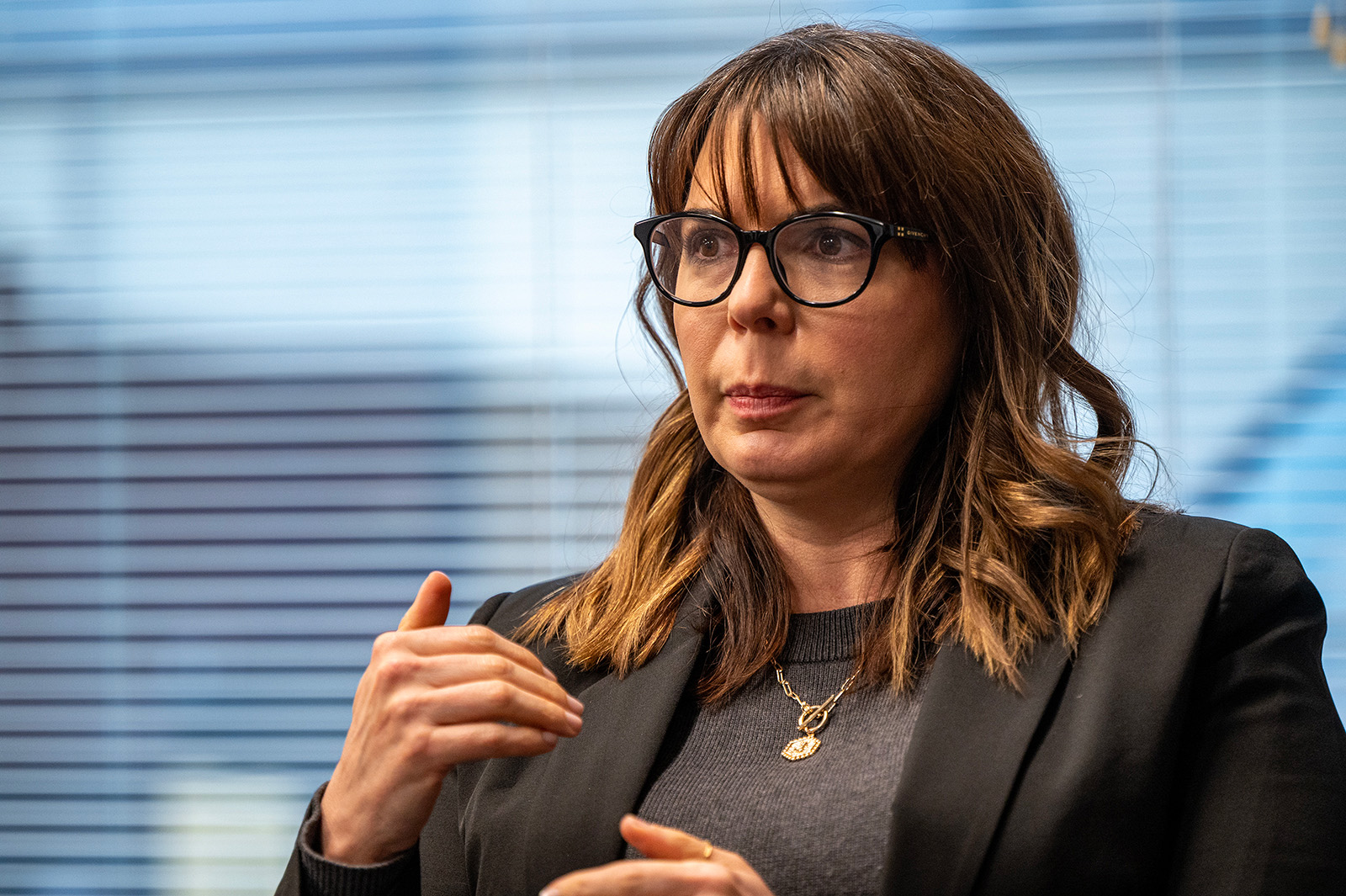
“Ultimately I did drop the order of protection with the idea that maybe it would make the divorce and everything easier. It did not.”
She understands the difficulties lawmakers face in balancing the rights of both parents.
“It is not like this is a stranger; this is their father.”
Nevertheless, she said, family law in Missouri currently is not up to the task of addressing custody issues where there has been a history of past and continuing domestic assault of one of the parents, but not the child or children. (The law has remedies for the direct abuse of children, such as appointing a lawyer to act in the best interests of the child.)
Thompson said Marvin, her ex-husband, remained a constant and dangerous part of her life through multiple appearances in family court. Even when a parenting plan is finalized, one of the parties can always seek a modification.
“We would go from one court case where the judge would say, ‘OK, we are done,’ and then he would run back upstairs to file again — trying to get rid of child support, trying to get full custody, whatever he could to cause chaos.”
The chaos finally came to an end in 2018 when Marvin was sent to prison, sentenced to 45 years for assaulting his ex-girlfriend (a different woman) and shooting the man she was with at the Bass Pro Shops parking lot.
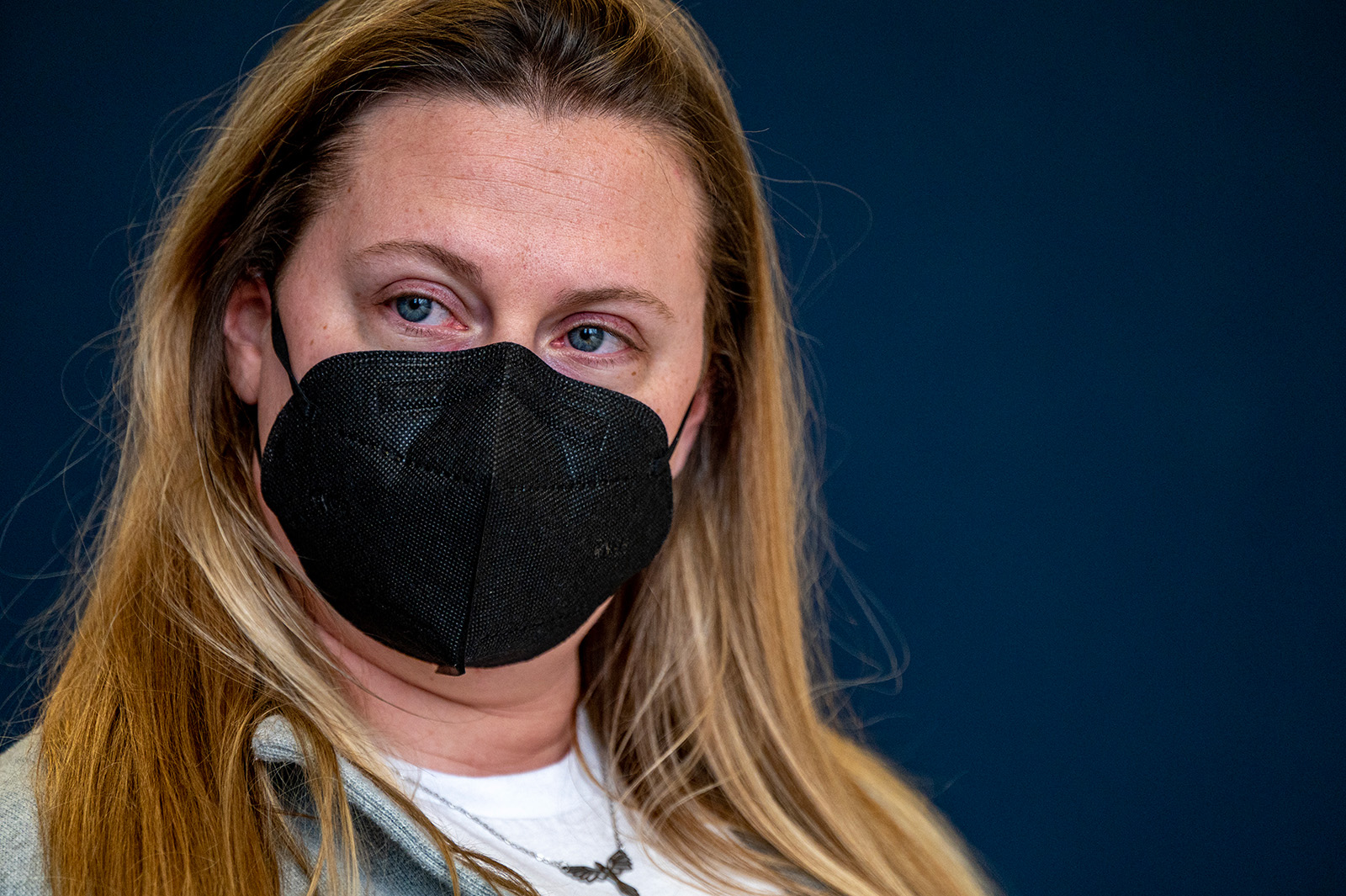
Thompson’s story is familiar to Kate Reyes Sam, 36, who was in an abusive relationship with her then-husband in Texas for several years. The relationship ended in 2016 and she moved to the Springfield area with her daughter.
“I totally understand why under most circumstances in a divorce, if people don't get along, and they're just separating, there should be rights for both parents,” Sam said. “But those rules do not work in the mind of an abuser. They don't. And what they do with those rules is unfair, they manipulate them and they use them to their advantage.
“The only time he ever pursues time or access to her (their daughter) is because he wants access to me,” said Sam, who for security reasons did not want to reveal the city in which she lives. “That is it. Because when he has access to me, then he gets back into that control and that power — the things that he thrives on.”
Family law commissioners: Not black and white but a lot of gray
The 2016 and 2023 changes (pending signature by the governor) in Missouri law closed the book on the outmoded belief that children always are best served when they stay in the care and custody of mom. The changes benefited fathers who felt shut out from having a meaningful connection to their children and studies have shown co-parenting benefits kids.
As part of its investigative report, the Daily Citizen held a joint interview with two Greene County criminal court judges and two Greene County family court commissioners.
The jurists emphasized that violence against one parent is not necessarily violence against the child.
When asked where the scales of justice settle when balancing co-parenting and domestic violence, Greene County Court Commissioner John Lukachick rested his hand on a thick hardbound copy of the Missouri Revised Statutes.
“These are our marching orders from the General Assembly,” Lukachick said.
“The statute says it is presumed that frequent and meaningful contact with both parents and the child is presumptively in the best interest of the child,” Commissioner Mark Millsap said. “Our charge is to do what is in the best interest of the child. It didn’t say what is in the best interest of the parents.”


“There was a presumption — the tender years presumption — that is gone by the wayside that a small child is better suited to be with the mother than the father,” Millsap said. “That is gone. Some of these things that for years people thought are best are not the case anymore.”
“There’s been a very definite movement toward having both parents involved in the raising and education of the child. The psychologists did all kinds of research, they stepped forward and said yes, the more rounded child comes from co-parenting. Not one parent,” Millsap said.
“The people that complain and say, ‘Wait a minute, I don’t want this parent involved.’ There are certainly those circumstances where abuse happens, not just men on women, by the way.’
“The point is, though, you can’t have it both ways. You are going to have these issues arise because we want children to be co-parented. The statutes are written to really stress the advantage of co-parenting,” Millsap said.
“Everyone wants a clean line. It’s this or it’s that. You don’t get that. It's very often grays in here. Every case is different. It’s unique. Fact patterns are essential to what is going on,” Millsap said.
The question the Daily Citizen asked the judges and commissioners to focus on was this:
What weight do you give the goal of co-parenting when presented with a battered parent who fears the child is going to be harmed if the abuser, who might already have been convicted of domestic assault, has unsupervised custody or visitation?
“If there was a (parenting plan) judgment entered and then some months later a conviction was decided by a court or jury, after a final judgment it would require a parent — probably the victim — to file a motion to modify,” Lukachick said.
“That would put the burden on the parent with custody to file a motion to modify and start the process over and come to us and say there’s been a change in circumstances, this guy now has been convicted of domestic violence and so we need to modify the parenting plan.
“It would slow down the process. It would be cumbersome. It would require an extra filing fee.
“So as (Commissioner) Millsap suggests, if we are aware of that circumstance, we would likely continue the final (civil) trial, issue some temporary orders that serve the best interests of the child and delay final conclusion until the criminal case is concluded.”
Just because a child witnesses abuse that may not justify order of protection
A key state statute states: “It is the public policy of this state that frequent, continuing and meaningful contact with both parents after the parents have separated or dissolved their marriage is in the best interest of the child, except for cases where the court specifically finds that such contact is not in the best interest of the child.”
State law outlines several specific convictions that prevent a parent from having custody or visitation, although a conviction for domestic assault, which can be a Class A felony, the most severe felony, is not one of them. On the other hand, having sex with an animal, a misdemeanor, is.

In the Daily Citizen interview, Associate Circuit Judge Mark Powell (who subsequently retired in May) said violence against the other parent is not the same as violence against a child. When a child is directly harmed or endangered, the court typically appoints a guardian ad litem — an attorney who represents the best interests of the child, not the parents.
Oftentimes a victim of domestic violence will seek an order of protection for themselves, as well as for the children. (Men can be victims of domestic violence, too, but most often it is a male-on-female crime.)
“They usually come in pairs,” Powell said. “Let's say the woman comes in and asks for an adult order of protection. And then along with that, wants a child order of protection because the child has witnessed her being abused.
“If those are the allegations, and she says ‘I’ve been struck; I've been hit; I've been stabbed; I've been shot,' those types of things: Then you will grant the ex parte order of protection for the woman. But if she comes along with a child order that says my child witnessed this, my opinion — for me, I can't speak for any other judge but me — more than likely I will not grant the child order.”
An ex parte order is one given in an emergency situation where the court only hears from one of the two parties — the person who says they have been abused. An ex parte order typically lasts one month. The court then hears from both sides before extending it.
“Because the child is not the victim of the abuse,” Powell said. “Now, if the child is the victim of the abuse, then that is another situation. But just because they witnessed it, I'm not sure the law would allow me to grant that order of protection.”
Margaret Palmietto, also a Greene County associate circuit judge, agreed with Powell.
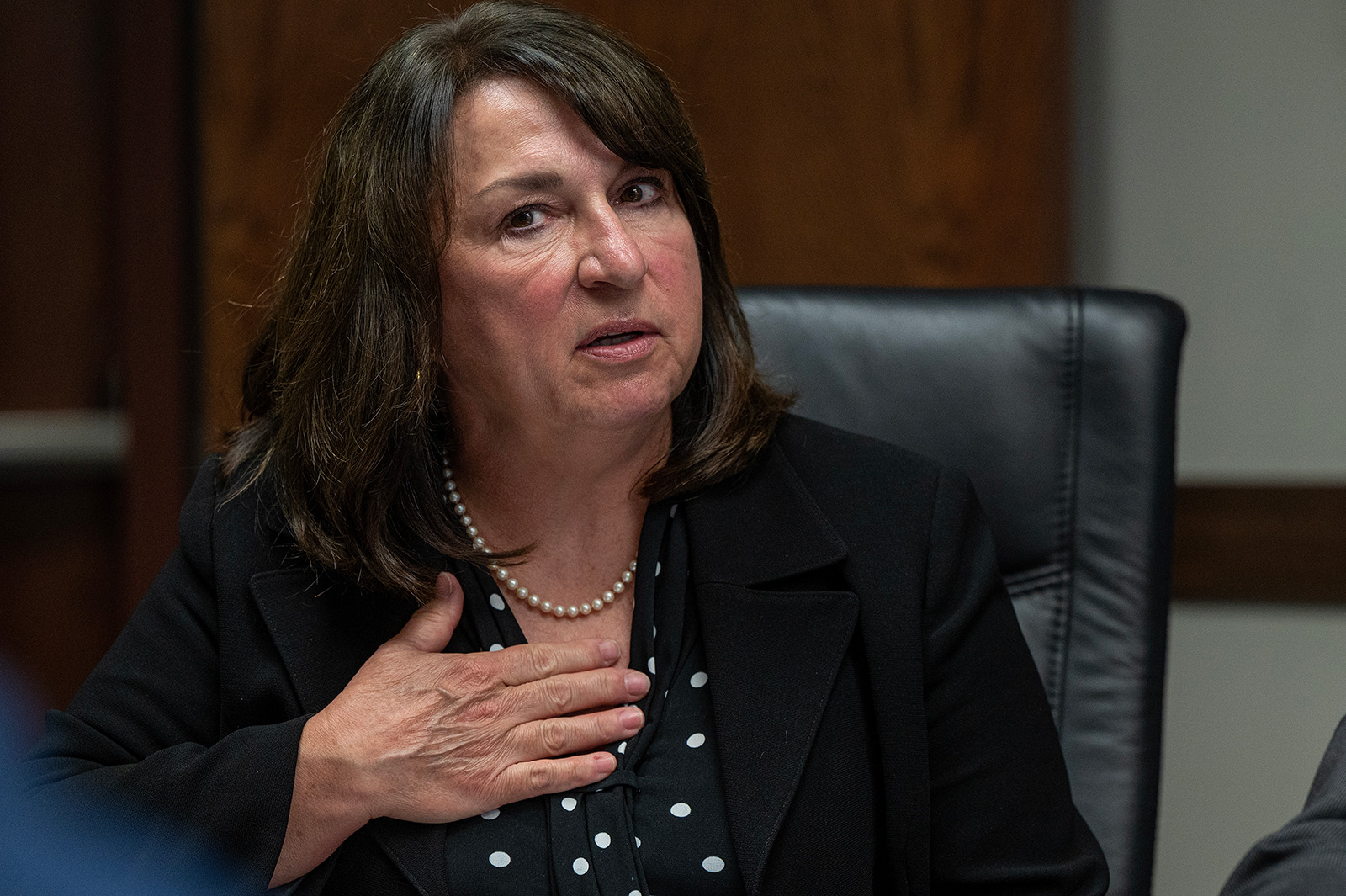
“If it's one where the child has just witnessed it and has not been a victim, I would not grant that on an ex parte (for the child) either,” she said.
Co-parenting advocacy groups have been behind changes in law
Dr. Edwin C. “Ned” Holstein, of Boston, founded the National Parents Organization in 1998. The group — and similar ones — were behind the changes in Missouri law that support co-parenting when it is in the best interests of the child.
The National Parents Organization started out as “Fathers and Families.”
Studies consistently show that co-parenting is almost always in the best interest of the child, Holstein told the Daily Citizen. Few experts dispute this.
Holstein was asked the specific question: Is co-parenting still in the best interest of the child when there is evidence of domestic violence directed at one of the parents, but not at the child?
First, he said, there is research that indicates co-parenting reduces the incidence of domestic violence.
“Where you have shared parenting, you will have a diminution of parental conflict, whether it be verbal conflict, whether it be revenge tactics, whether it be attempts at negative ways to sabotage the other parents. All those things go down when you have shared parenting because both parents love their kids.”
Second, he said, family law commissioners in Missouri still maintain the legal latitude to determine when domestic violence is such an issue that it should factor into custody decisions. No one disputes that domestic violence is a serious problem, he said.
Where you have shared parenting, you will have a diminution of parental conflict ...
Dr. edwin holstein, Co-parenting advocate
But he asserted research shows women instigate physical abuse just as much as men do in relationships and that men stay in abusive relationships, too, to maintain contact with their children.
He was asked if a parent in Missouri who has been convicted of the most serious domestic assault charge in Missouri — a Class A felony (murder is also a Class A felony) —should be legally barred from having custody of a child?
It depends, Holstein said.
“What if the crime was 25 years ago?” he asked. What if the person was a drug addict or alcoholic at the time, decades ago?

Lawyer: Victims of domestic violence suffer another legislative defeat in May
A Missouri advocacy group for victims of domestic violence wants to modify state law to address custody and visitation when there is a history of domestic violence within a dissolving relationship.
“It’s something that we've been working on for nearly a decade,” said Matthew Huffman, spokesman for the Missouri Coalition Against Domestic and Sexual Violence.
The goal, he said, is to require family court commissioners to consider a pattern of domestic violence, if one exists, and weigh it against the stated goal of co-parenting. “If domestic violence is present, there should be an exemption for shared parenting — so it is not the automatic default,” he said.
Currently, family law commissioners are required to consider domestic violence in establishing custody and visitation. It is one of several factors — but it cannot be the only factor.
Missouri law is clear on the matter. It is covered in Missouri statute 452.400.
“... In determining the granting of visitation rights, the court shall consider evidence of domestic violence. If the court finds that domestic violence has occurred, the court may find that granting visitation to the abusive party is in the best interests of the child.” (Emphasis added.)
Lara Underwood, a Jefferson City attorney with the Missouri Association of Family Law Advocates, told the Daily Citizen that Senate Bill 35 was originally filed this year as a way to help collect child support, but on the final day of the legislative session, suddenly became the bill used to make equal shared custody the initial presumption in family court.
A key provision that had been worked on for weeks did not make it into the final version of SB 35, Underwood said. One wording of that provision was:
“The court shall consider the nature and context of the domestic violence and the implications of the domestic violence for parenting and for the child's safety, well-being, and developmental needs.”
A close reading of existing family law states that a commissioner can disallow custody or visitation if it “endangers the child's physical health or impairs his or her emotional development.” (Emphasis added.)
It is now clear through research, Underwood said, that a child’s development is undeniably damaged by witnessing a parent being physically abused.
“In reality,” she said, “it is actually more detrimental to a child to see a parent being abused than to be abused themselves. That’s because they can't do anything about it. And they feel like they should be able to stop it and then always think it's their fault. … We have study after study after study that says that watching domestic violence take place in a household is more damaging to a child than being abused themselves.”
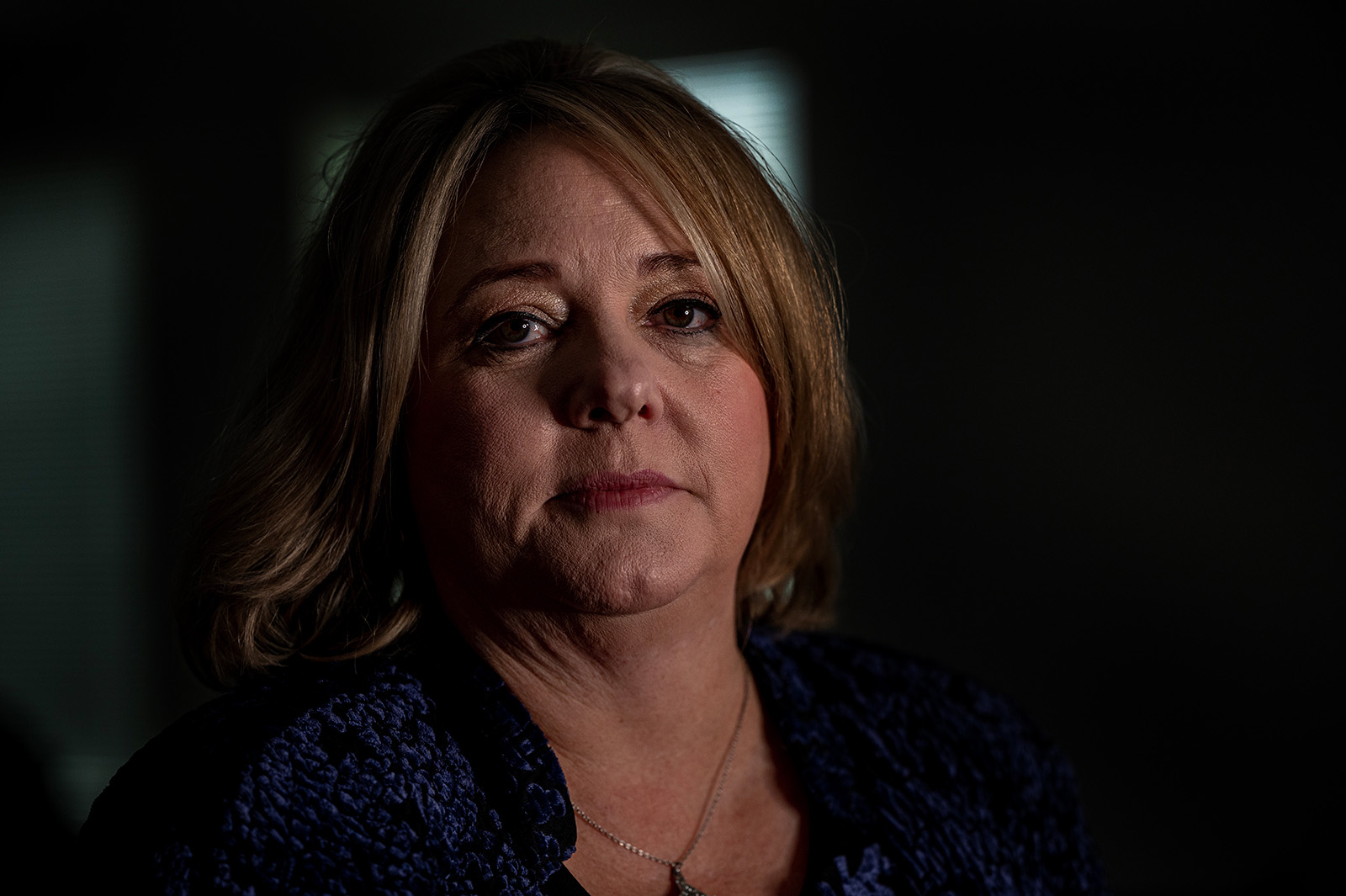
Looking back, she stayed too long in an abusive marriage
Lisa Saylor, 49, estimated she went to family and criminal court over 70 times in dealings with her ex-husband. The courtrooms spanned three counties. For security reasons, she did not want to name the city where she lives.
“When I went to court for my divorce … I turned to my attorney and my shelter advocate that assisted me in leaving and said, ‘If we lose today and he is granted unsupervised visits, I want you both to know I don’t love him and I’m not going back because I want to be hit. I’m going back because I love my children. And I can’t leave them alone with him.”
Saylor was successful. Her ex-husband never had unsupervised visitation.
Still, she stayed too long in the marriage and relationship because of her children, she said.
Why?
“I was mitigating risk,” she said.
At one point, she was so fearful of being hurt or killed that she wrote goodbye letters to her children.
“In case I was taken out and didn't get the opportunity to tell them bye and that I love them. I talked about how it’s important in life that we stand up to bullies. And how it's important that we live our lives and that we forgive and move on.”
Saylor eventually left him without advance notice, which is what experts recommend.
Five minutes out, she said, she had a change of heart and called him to say she was not returning.
“I said, ‘I just want you to know I'm leaving and won't be back. I can't do this anymore.' I hung up the phone and about five minutes later, he calls back and says he wants to talk to our daughter. I put it on speaker and he says, ‘(Name omitted) I just want you to know that daddy is going to heaven today and mommy is going to find you a new daddy.”
Saylor got on the phone and convinced him to tell her what was going on. He had connected a garden hose from their 500-gallon propane tank to the inside of the house. She called emergency responders.
“When I got there, the cops came in and couldn’t find him. I begged and pleaded for them to go back in because I knew he was in there.
“They found him in the fetal position under the boys bunk beds. He was taken to a mental health hospital. … I went into a shelter.”
She said her ex-husband was able to walk out of the house but did suffer ill effects from breathing the propane fumes.
“This is someone you obviously loved, you invested time, you had family with. So it's also hurtful to you. But at the same time, you’ve got to toughen up because this is life or death.”
I’m going to have to start looking over my shoulder again.
lisa saylor, domestic abuse survivor
In recent years, her ex-husband has been in prison. Life has gotten better for her.
“A lot of times we get so far set back that it's really hard to pull ourselves back out,” she said.
She has rebounded. “I am enjoying life. I have a job. I am a homeowner. I’m a grandmother. I have a great relationship with my kids.”
Nevertheless, the question remains whether laws and police can keep her safe.
“He’s going to be getting out (of prison) this year,” she said. “I’m going to have to start looking over my shoulder again.”
He was released on Valentine’s Day.
About Living in Fear
This special investigative report explores the far-reaching and insidious nature of domestic abuse in our community. Living in Fear is being presented in four parts over two months:
- Part I: Black eye for Greene County, which was published May 8-11, looks at the depth and breadth of the problem here.
- Part II: Obstacles to leaving, published this week, examines the dynamics and complications facing victims looking to leave abusive relationships.
- Part III: Systemic issues, to be published in early June, puts a focus on the criminal justice system and potential shortcomings.
- Part IV: Searching for solutions, to be published in late June, taps local, regional and national experts in search of ways to improve the system and reduce domestic violence.
Next in the Living in Fear series: Fear and other pressures are key reasons victims decide not to cooperate up to 80 percent of the time after charges are filed.

